In the world of branding, every detail matters. From the logo design to the choice of typography, each element contributes to the overall perception of a brand. One of the most powerful and subtle tools in a brand's toolkit is color. The colors you choose can significantly impact the mood, emotions, and perceptions associated with your brand. Let's dive into the fascinating realm of color psychology and explore how color affects the mood of a brand.
1. Red: Passion and Energy
Red is a color that immediately grabs attention. It's associated with passion, excitement, and energy. Brands like Coca-Cola and Red Bull utilize red to convey a sense of boldness, enthusiasm, and vitality. Red can evoke strong emotions and create a sense of urgency, making it an excellent choice for brands that want to stand out and make a lasting impression.
2. Blue: Trust and Stability
Blue is often linked to feelings of trust, reliability, and stability. Many tech companies, including IBM and Facebook, use blue in their logos to instill a sense of confidence in their products and services. Blue also has a calming effect and can promote a feeling of security and dependability.
3. Yellow: Happiness and Optimism
Yellow is the color of sunshine and happiness. It exudes warmth, positivity, and optimism. Brands like McDonald's and IKEA incorporate yellow into their branding to create a cheerful and inviting atmosphere. Yellow can be an excellent choice for brands aiming to evoke joy and a sense of well-being.
4. Green: Nature and Growth
Green is closely associated with nature, health, and growth. It represents harmony, balance, and renewal. Brands in the eco-friendly and organic sectors often use green to convey their commitment to sustainability and the environment. Green can also symbolize prosperity and wealth.
5. Black: Elegance and Sophistication
Black is the color of sophistication, luxury, and timelessness. High-end brands like Chanel and Rolex leverage black to create an aura of exclusivity and elegance. Black can also represent power and authority, making it a choice for brands that want to exude a sense of control and influence.
6. Pink: Romance and Femininity
Pink is often associated with romance, love, and femininity. Brands like Victoria's Secret and Barbie utilize pink to target a female audience and evoke feelings of sweetness and charm. Pink can also represent compassion and care.
7. Orange: Creativity and Enthusiasm
Orange is a color that radiates creativity, enthusiasm, and fun. Brands like Nickelodeon and Fanta use orange to create a sense of excitement and playfulness. It's a color that can energize and inspire.
8. Purple: Luxury and Royalty
Purple is often linked to luxury, royalty, and creativity. Brands like Cadbury and Hallmark incorporate purple to convey a sense of opulence and elegance. Purple can also evoke a feeling of nostalgia and sentimentality.
9. Brown: Reliability and Earthiness
Brown is a color that represents earthiness, simplicity, and reliability. It's often used by brands in the outdoor, rustic, or organic sectors to convey a down-to-earth and genuine image.
10. White: Purity and Simplicity
White is the color of purity, simplicity, and cleanliness. Brands like Apple and Nike employ white to communicate a sense of minimalism and sophistication. It can also represent openness and transparency.
In conclusion, the colors you choose for your brand play a crucial role in shaping how your audience perceives and interacts with your business. Understanding the psychology of color can help you create a brand identity that resonates with your target audience, conveys the right emotions, and leaves a lasting impression. Whether you're aiming for excitement, trust, happiness, or sophistication, the palette you choose can be a powerful tool in telling your brand's unique story. So, choose your colors wisely, and watch as they work their magic in shaping the mood and perception of your brand.
1. Red: Passion and Energy
Red is a color that immediately grabs attention. It's associated with passion, excitement, and energy. Brands like Coca-Cola and Red Bull utilize red to convey a sense of boldness, enthusiasm, and vitality. Red can evoke strong emotions and create a sense of urgency, making it an excellent choice for brands that want to stand out and make a lasting impression.
2. Blue: Trust and Stability
Blue is often linked to feelings of trust, reliability, and stability. Many tech companies, including IBM and Facebook, use blue in their logos to instill a sense of confidence in their products and services. Blue also has a calming effect and can promote a feeling of security and dependability.
3. Yellow: Happiness and Optimism
Yellow is the color of sunshine and happiness. It exudes warmth, positivity, and optimism. Brands like McDonald's and IKEA incorporate yellow into their branding to create a cheerful and inviting atmosphere. Yellow can be an excellent choice for brands aiming to evoke joy and a sense of well-being.
4. Green: Nature and Growth
Green is closely associated with nature, health, and growth. It represents harmony, balance, and renewal. Brands in the eco-friendly and organic sectors often use green to convey their commitment to sustainability and the environment. Green can also symbolize prosperity and wealth.
5. Black: Elegance and Sophistication
Black is the color of sophistication, luxury, and timelessness. High-end brands like Chanel and Rolex leverage black to create an aura of exclusivity and elegance. Black can also represent power and authority, making it a choice for brands that want to exude a sense of control and influence.
6. Pink: Romance and Femininity
Pink is often associated with romance, love, and femininity. Brands like Victoria's Secret and Barbie utilize pink to target a female audience and evoke feelings of sweetness and charm. Pink can also represent compassion and care.
7. Orange: Creativity and Enthusiasm
Orange is a color that radiates creativity, enthusiasm, and fun. Brands like Nickelodeon and Fanta use orange to create a sense of excitement and playfulness. It's a color that can energize and inspire.
8. Purple: Luxury and Royalty
Purple is often linked to luxury, royalty, and creativity. Brands like Cadbury and Hallmark incorporate purple to convey a sense of opulence and elegance. Purple can also evoke a feeling of nostalgia and sentimentality.
9. Brown: Reliability and Earthiness
Brown is a color that represents earthiness, simplicity, and reliability. It's often used by brands in the outdoor, rustic, or organic sectors to convey a down-to-earth and genuine image.
10. White: Purity and Simplicity
White is the color of purity, simplicity, and cleanliness. Brands like Apple and Nike employ white to communicate a sense of minimalism and sophistication. It can also represent openness and transparency.
In conclusion, the colors you choose for your brand play a crucial role in shaping how your audience perceives and interacts with your business. Understanding the psychology of color can help you create a brand identity that resonates with your target audience, conveys the right emotions, and leaves a lasting impression. Whether you're aiming for excitement, trust, happiness, or sophistication, the palette you choose can be a powerful tool in telling your brand's unique story. So, choose your colors wisely, and watch as they work their magic in shaping the mood and perception of your brand.
Share

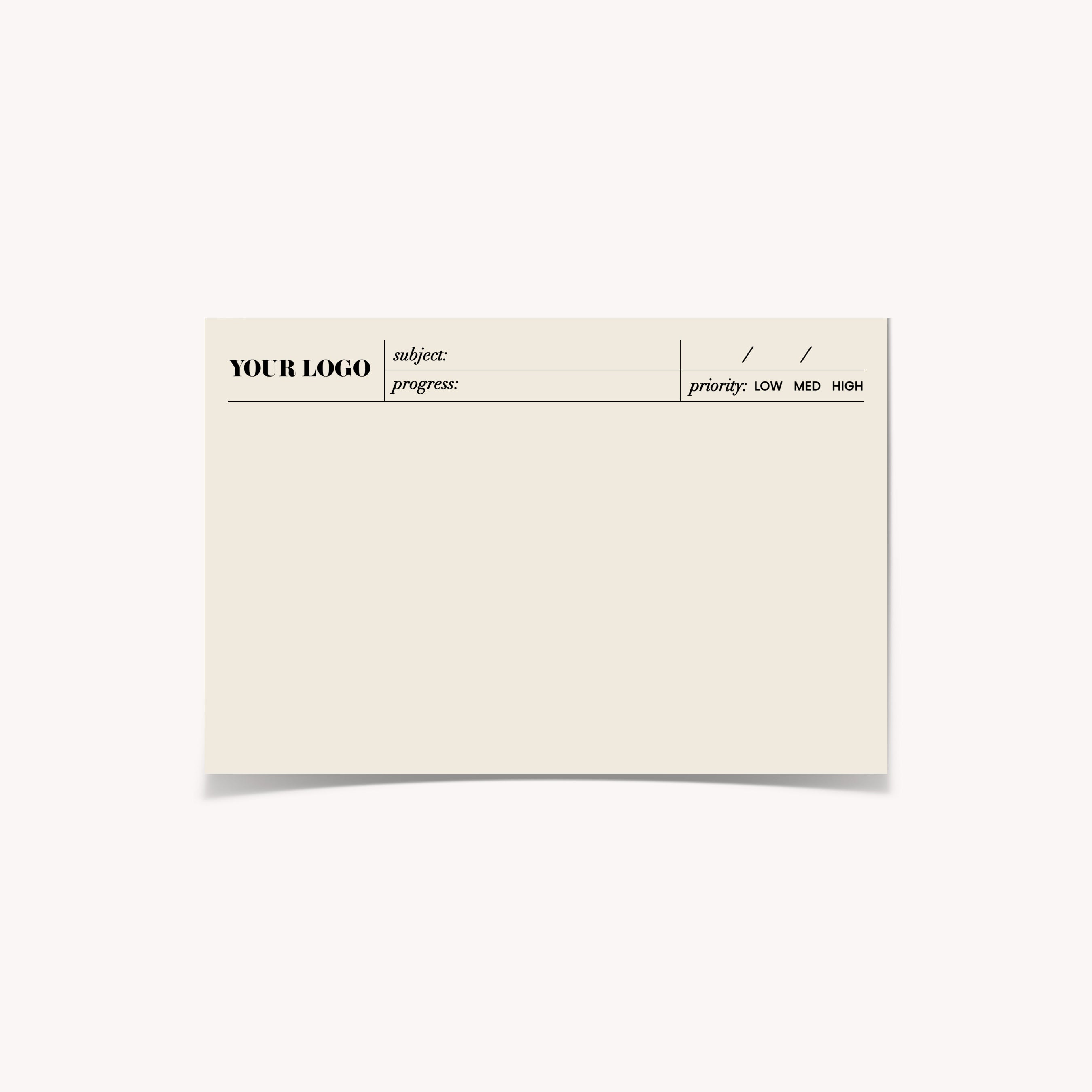
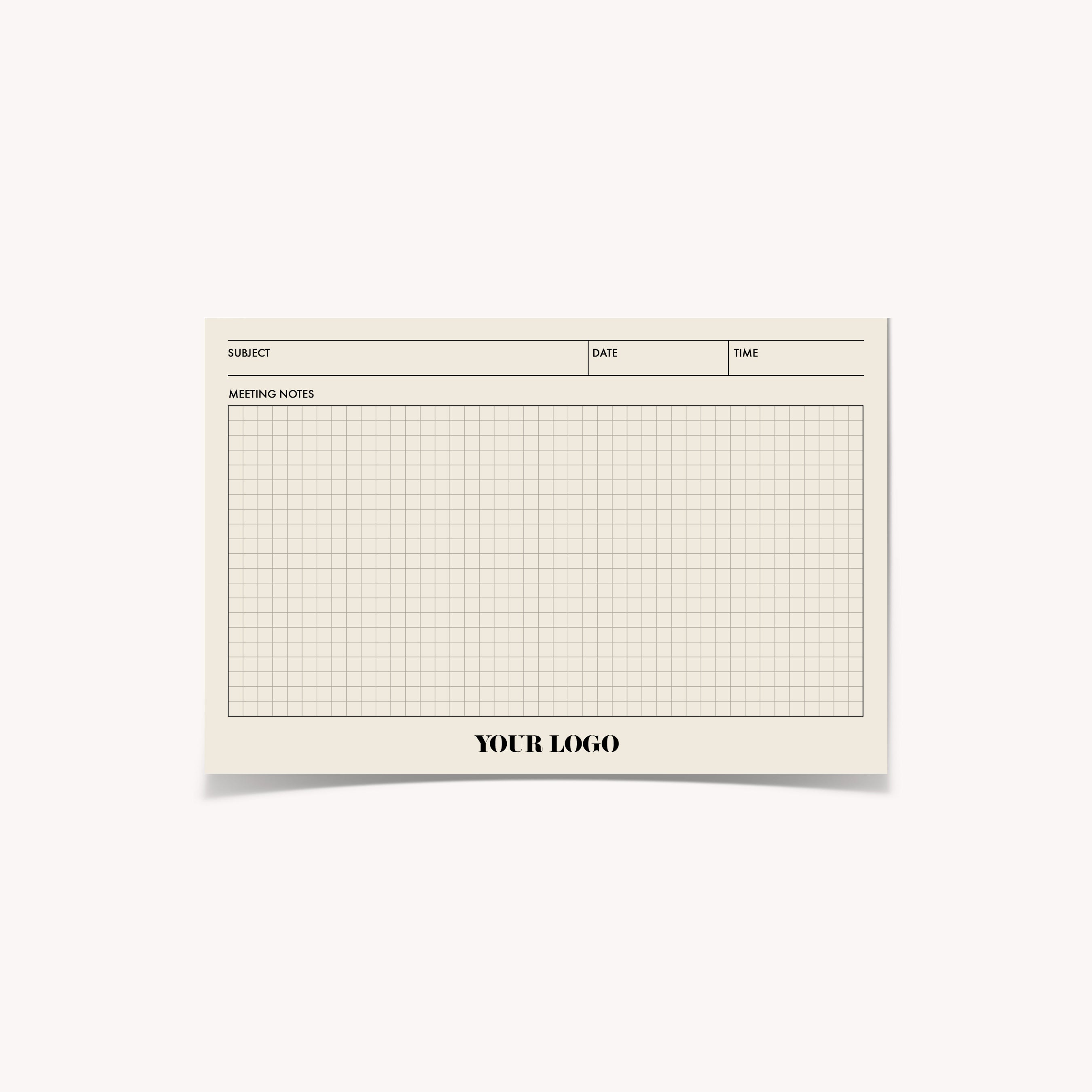
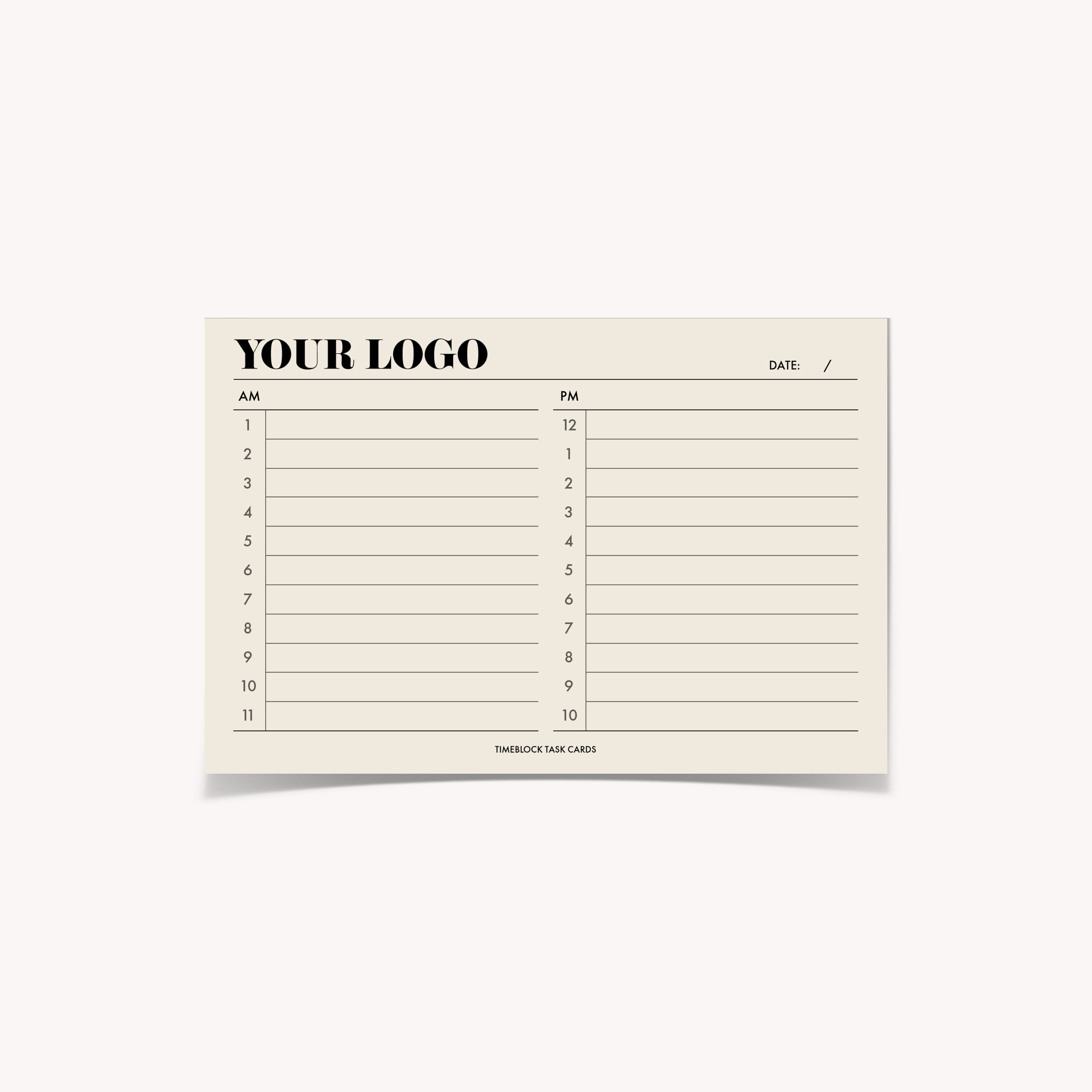
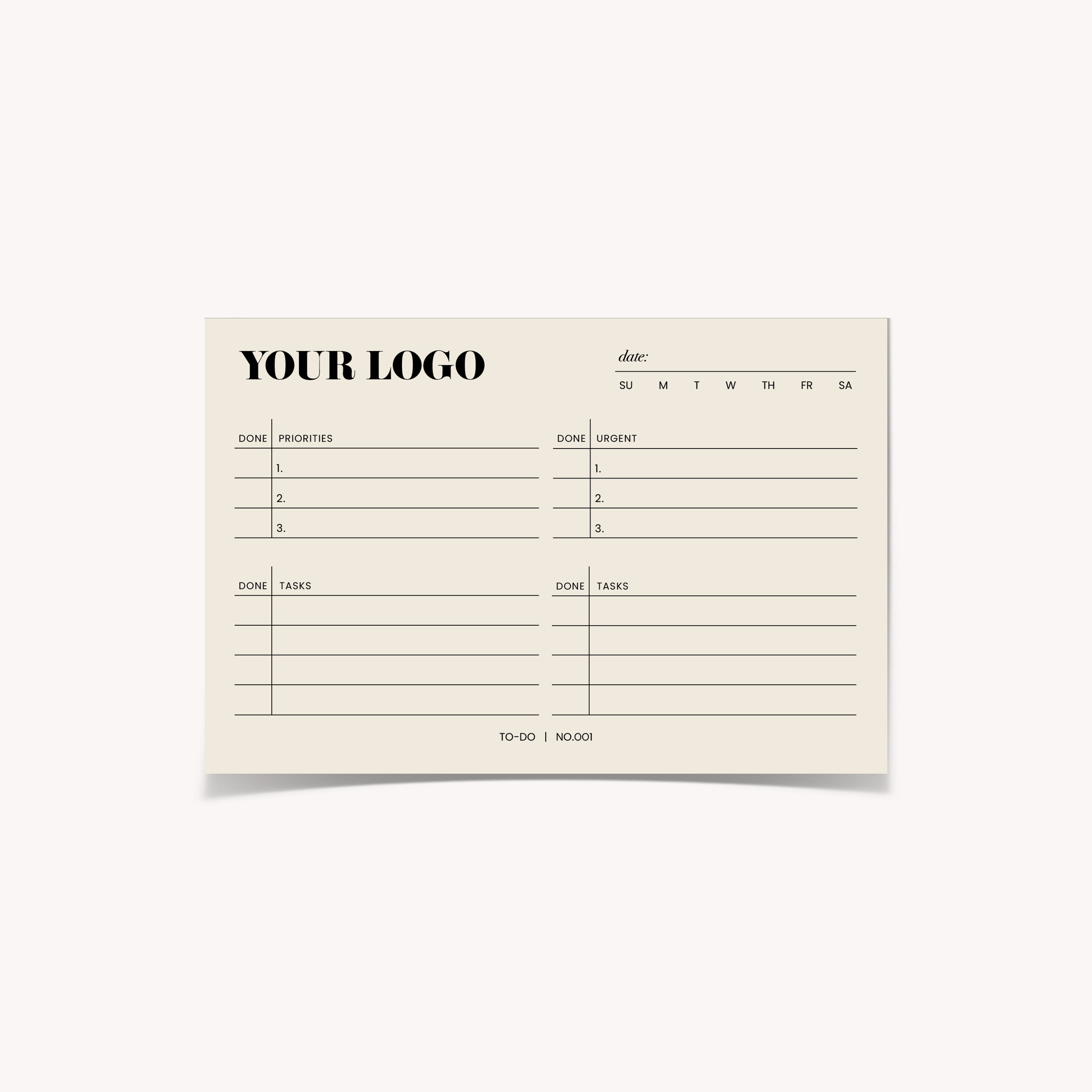
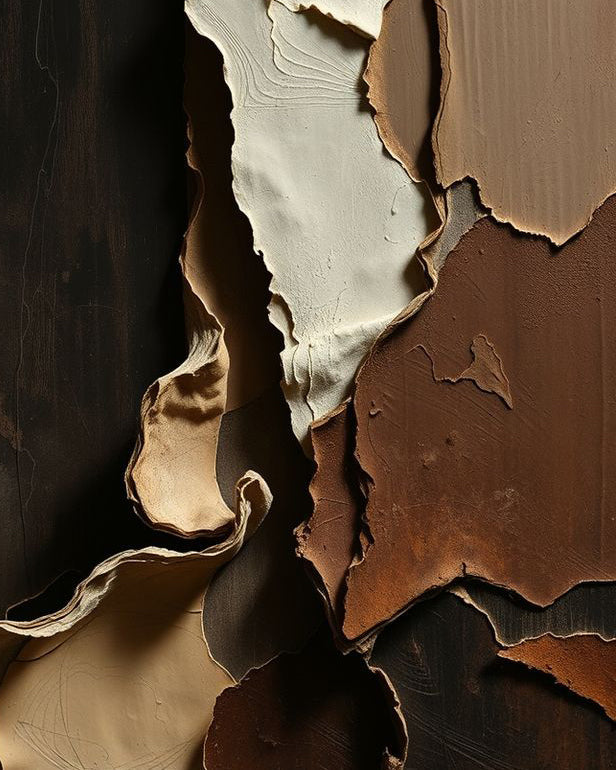
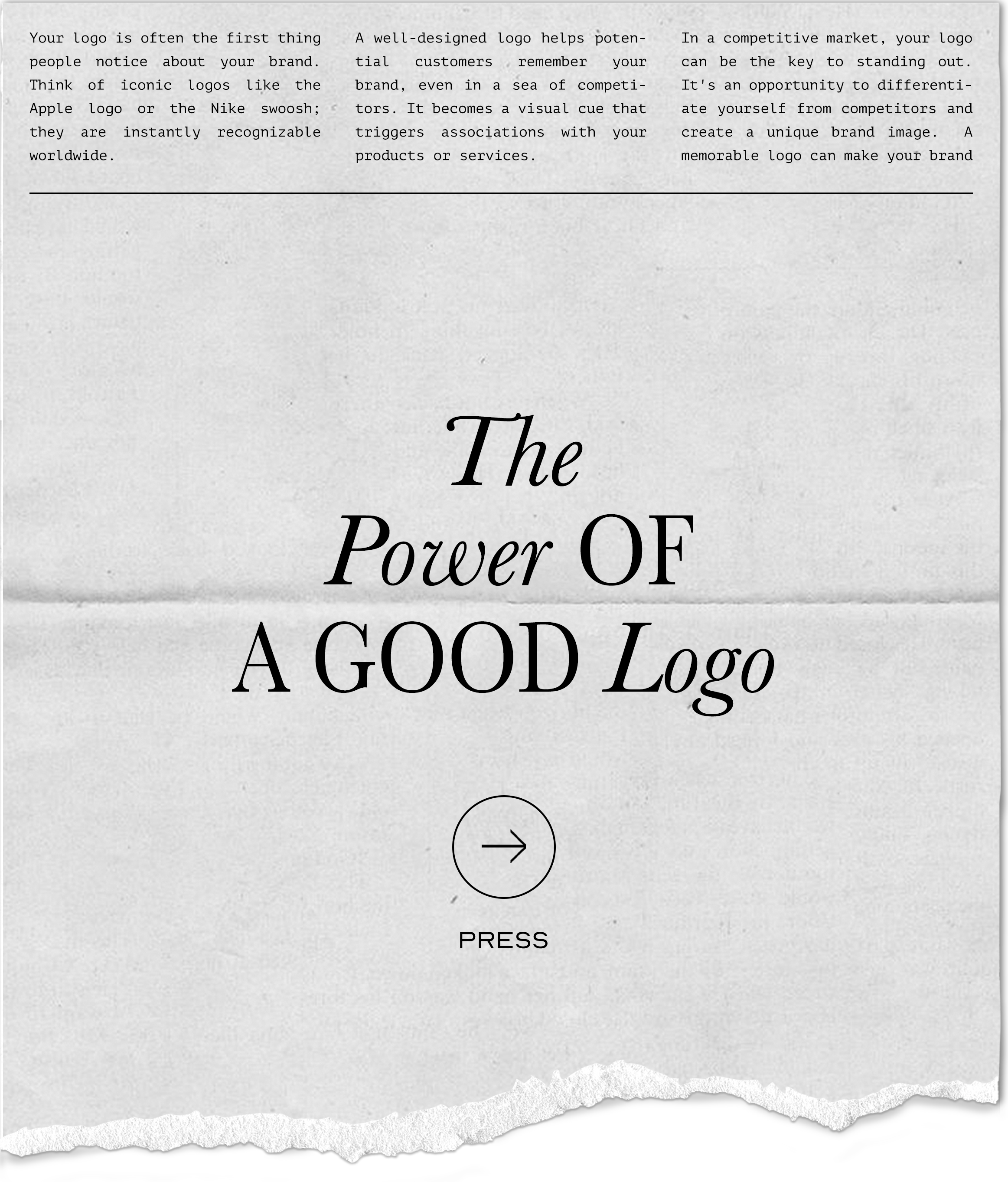
Leave a comment
All comments are moderated before being published.
This site is protected by hCaptcha and the hCaptcha Privacy Policy and Terms of Service apply.